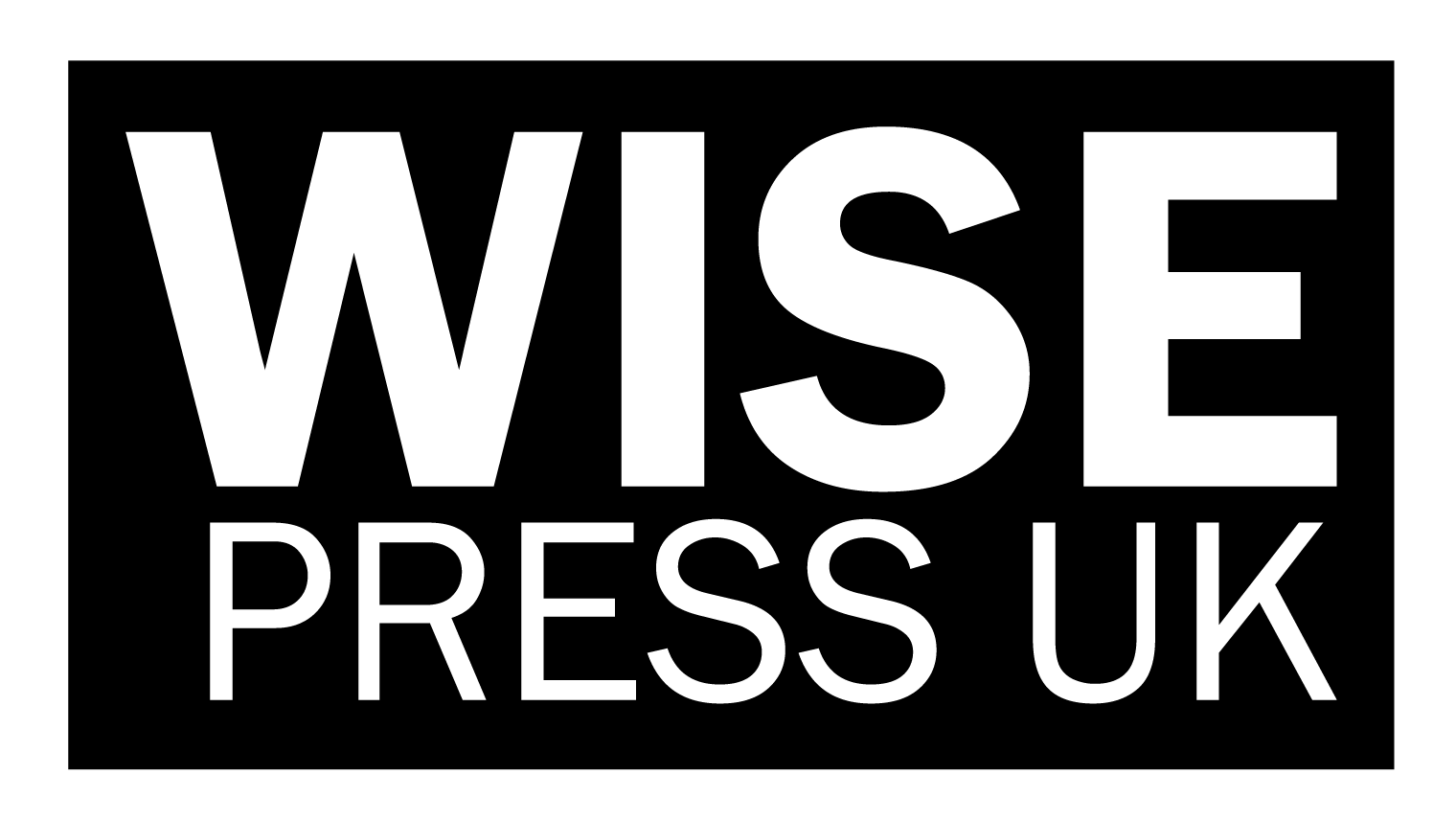Fusion Of Hindu, Buddhist, And Folk Religious Culture of Dapha Khal Musical Performance of Newars of Kirtipur
DOI:
https://doi.org/10.61707/knhga110Keywords:
poly-religiosity, music, apprenticeship, culture, Dapha KhAbstract
Dapha Khal musical culture, the most traditional devotional musical performance, of the Newars of Kathmandu Valley, integrates multi-religiosity both in content and practice. The devotional hymns of Hindu, Buddha, and folk gods were orally transmitted from the Dapha Gurus (experts) to the students (committed followers) and continued a similar pattern till now. Despite the increase of single religious identity and modern musical domination, the community continued multi-religious practices, identity, and promotion of poly-religiosity. The fundamental aim of the article is to explore how and why Dapha Khal musical performance integrates Hindu, Buddhist, and folk religious practices in the influence of homoreligious identity. It tries to decolonize the Western perspective of religious evolutionism and one person, one religion at a time. Large numbers of Dapha Khal at Kirtipur enrolled young males and females in Dapha Musical school apprenticeship, though the females were traditionally restricted from participating in Dapha music. Educated youths engaged in such poly-religious traditional musical culture despite their socioeconomic and political background. It tries to interpret the practitioners' perspectives on multi-religiosity and traditional musical identity despite the influence of modern Nepali and Western musical traditions. Moreover, it tries to analyze the promotion and preservation strategies of such non-commercial musical and poly-religious culture of the Dapha khal of the Newars. To explore information on poly-religious culture in traditional music, we employed exploratory and descriptive research designs of qualitative approach. Observation, audio-visual recording, key informant interviews, and archival methods were employed to generate data. Despite homoreligious cultural domination, the Dapha Khal musical culture not only continued but also promoted poly-religious and gender-inclusive traditional musical culture among the Newars.
Downloads
Published
Issue
Section
License

This work is licensed under a Creative Commons Attribution-NonCommercial-NoDerivatives 4.0 International License.
CC Attribution-NonCommercial-NoDerivatives 4.0



